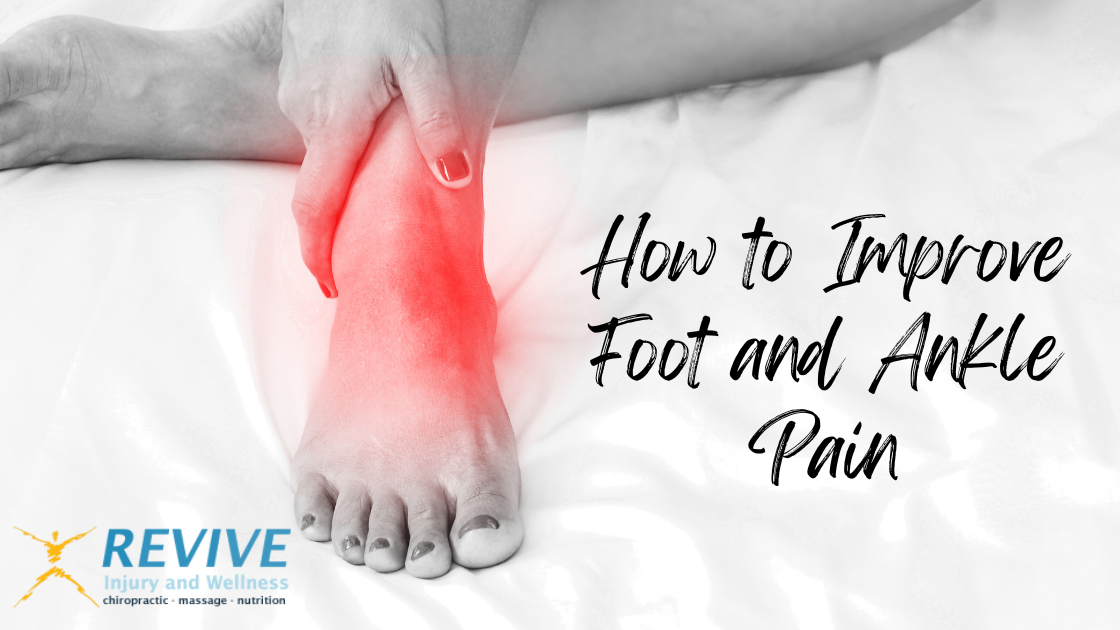
Foot and ankle pain is a common issue that affects people of all ages and backgrounds. It can be caused by a variety of factors, including overuse, injury, arthritis, or even genetic predisposition. Foot and ankle pain can significantly impact your quality of life, making it difficult to walk, exercise, or perform daily tasks. However, there are several ways to improve foot and ankle pain, including self-care, physical therapy, and medical treatment.
- Self-Care
Self-care is one of the most effective ways to improve foot and ankle pain. It involves taking care of your feet and ankles by following a few simple steps:
- Rest: If you have an injury, it is important to rest your foot or ankle. Avoid putting pressure on the affected area and take a break from activities that exacerbate the pain.
- Ice: Applying ice to the affected area can help reduce swelling and alleviate pain. Use a cold pack or a bag of frozen peas wrapped in a towel and apply it to the affected area for 15-20 minutes at a time, several times a day.
- Compression: Compression can help reduce swelling and support the affected area. Use a compression bandage or wrap to wrap around the affected area, but make sure it’s not too tight that it interferes with blood flow.
- Elevation: Elevating your foot or ankle above heart level can help reduce swelling and promote healing. Prop your foot up on a pillow or chair whenever possible.
- Footwear: Wearing shoes that fit well and provide adequate support can help prevent foot and ankle pain. Avoid wearing high heels or shoes that are too tight or too loose. Opt for shoes with a low heel and a supportive arch.
- Physical Therapy
Physical therapy can also be effective in improving foot and ankle pain. A physical therapist can help you develop a customized treatment plan that includes exercises to strengthen the affected area, improve flexibility, and reduce pain. The following are some of the common exercises recommended:
- Toe curls: Sit with your feet flat on the floor and place a towel on the floor in front of you. Use your toes to pick up the towel and curl it towards you. Repeat this exercise several times.
- Ankle rotations: Sit with your feet flat on the floor and slowly rotate your ankles in a circular motion, first clockwise and then counterclockwise. Repeat this exercise several times.
- Heel raises: Stand with your feet shoulder-width apart and slowly raise your heels off the ground. Hold the position for a few seconds, then slowly lower your heels back down. Repeat this exercise several times.
- Medical Treatment
If self-care and physical therapy do not alleviate foot and ankle pain, you may need medical treatment. Your doctor may recommend one or more of the following:
- Medications: Over-the-counter pain relievers like ibuprofen or acetaminophen can help reduce pain and inflammation. If the pain is severe, your doctor may prescribe stronger pain medications or injections to reduce inflammation.
- Orthotics: Custom-made shoe inserts, called orthotics, can provide support and relieve pressure on the affected area.
- Surgery: If conservative treatments are ineffective, surgery may be necessary. Surgery may be recommended for conditions like fractures, arthritis, or tendon tears.
In conclusion, foot and ankle pain can be a debilitating issue that affects your daily life. However, with proper self-care, physical therapy, and medical treatment, you can improve your foot and ankle pain and regain your mobility. Remember to always consult with your doctor or a qualified medical professional before starting any treatment plan or exercise program.
More on Our Services
Ergonomics, Posture and Chiropractic Health
5 Questions to Ask Your Chiropractor About Neck Pain
How to Choose the Right Chiropractor
5 Things to Consider When Dealing with Neck Injuries
Is a Chiropractor Visit Scary?
How Soon After a Car Accident Should You Visit a Chiropractor?


